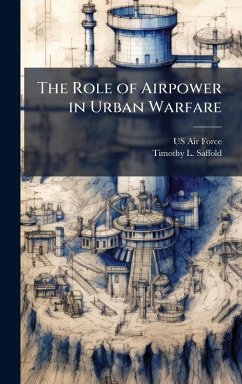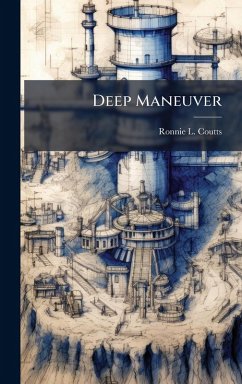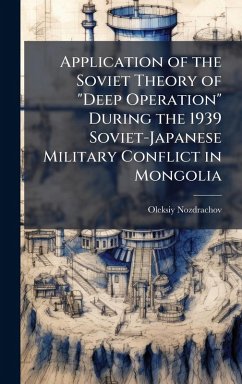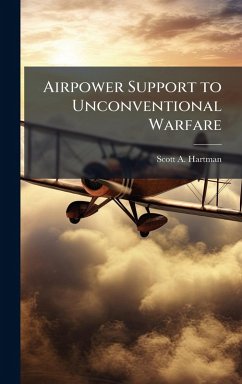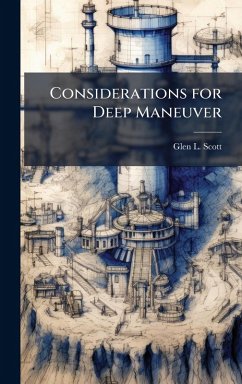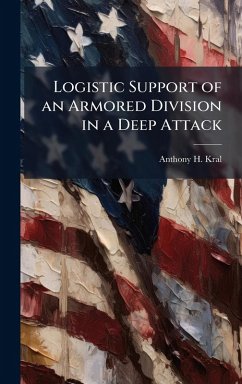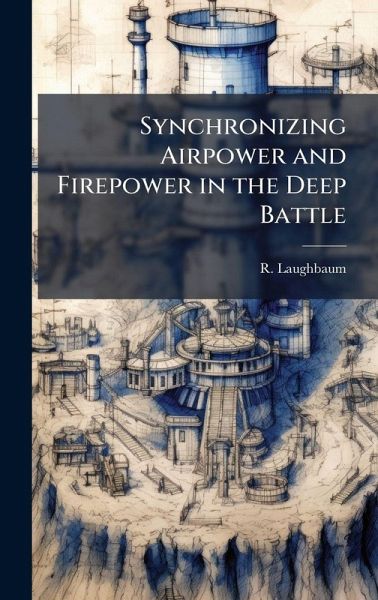
Synchronizing Airpower and Firepower in the Deep Battle
Versandkostenfrei!
Versandfertig in über 4 Wochen
28,99 €
inkl. MwSt.
Weitere Ausgaben:

PAYBACK Punkte
14 °P sammeln!
The concept of "deep battle" was formally introduced to US war fighters during the early 1980s through the US Army's AirLand Battle doctrine. As envisioned by Air Force and Army leaders, the initial purpose for the deep battle was to delay and weaken Soviet second and follow-on echelons during a European conventional war. Within the AirLand Battle construct, the Air Force had responsibility for synchronizing deep operations and for employing air interdiction against Soviet maneuver forces to set the conditions for victory in the decisive "close battle." The fire support coordination line (FSCL...
The concept of "deep battle" was formally introduced to US war fighters during the early 1980s through the US Army's AirLand Battle doctrine. As envisioned by Air Force and Army leaders, the initial purpose for the deep battle was to delay and weaken Soviet second and follow-on echelons during a European conventional war. Within the AirLand Battle construct, the Air Force had responsibility for synchronizing deep operations and for employing air interdiction against Soviet maneuver forces to set the conditions for victory in the decisive "close battle." The fire support coordination line (FSCL), normally positioned at field artillery maximum range from the forward line of troops (FLOT), separated the Air Force's deep operations from the Army's close battle. During the late 1980s the Army began fielding a potent deep-battle capability of its own. Concurrently, Army doctrine assigned to the ground force commander responsibility for synchronizing deep operations with the close battle. This work has been selected by scholars as being culturally important, and is part of the knowledge base of civilization as we know it. This work was reproduced from the original artifact, and remains as true to the original work as possible. Therefore, you will see the original copyright references, library stamps (as most of these works have been housed in our most important libraries around the world), and other notations in the work. This work is in the public domain in the United States of America, and possibly other nations. Within the United States, you may freely copy and distribute this work, as no entity (individual or corporate) has a copyright on the body of the work. As a reproduction of a historical artifact, this work may contain missing or blurred pages, poor pictures, errant marks, etc. Scholars believe, and we concur, that this work is important enough to be preserved, reproduced, and made generally available to the public. We appreciate your support of the preservation process, and thank you for being an important part of keeping this knowledge alive and relevant.



